THE BENGAL CYCLONE OF 1876: The Empire on Trial
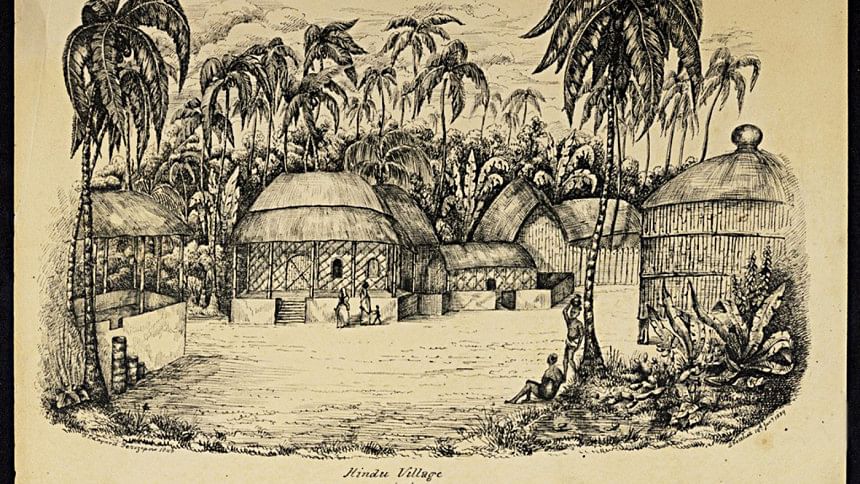
Benjamin Kingsbury's An Imperial Disaster: The Bengal Cyclone of 1876 (Hurst & Company, London, 2018) is a stimulating intervention in the history of disaster in British India. The book is a nuanced study of the cyclone of 1876, which ravaged the coastal region of the Bengal delta killing around 200,000 people and led to an epidemic afterward. It is perhaps the first monograph that solely deals with a particular cyclone disaster. The author vividly delineates the micro details of the cyclone of 1876.
The author challenges the very discourse of "disaster". The disaster, viz. cyclone, hurricane, or flood, is generally perceived as "natural" and beyond "human control or responsibility". The author questions the parochial understanding of disaster and asserts that disaster is not merely "natural", but deeply interrelated with human actions. Kingsbury's monograph is a subtle analysis of the indelible impact of colonial rule even on the people living at the insular part of the Bengal delta.
Kingsbury begins with a known story of how concurring events of the Industrial Revolution in Britain, colonisation of Bengal, colonial policies, and uneven competition from the British textiles industry systematically ravaged one of the principal sectors of Bengal's economy. Not only had the British surgeon James Taylor, then residing in Dhaka, noted the difficult times the denizens of Dhaka had to contend with because of the impact of British Industrial Revolution and lustful colonial economic policies, but world-famous thinker Karl Marx, who had never been to India, also noted the significant decline of the population of Dhaka, a lesser-known peripheral textile-producing city in the early modern times in the eastern part of India, by 1838. Both James Taylor and Marx noted that the population of Dhaka sharply dropped from 200,000 in 1800 to 68,000 in 1838.
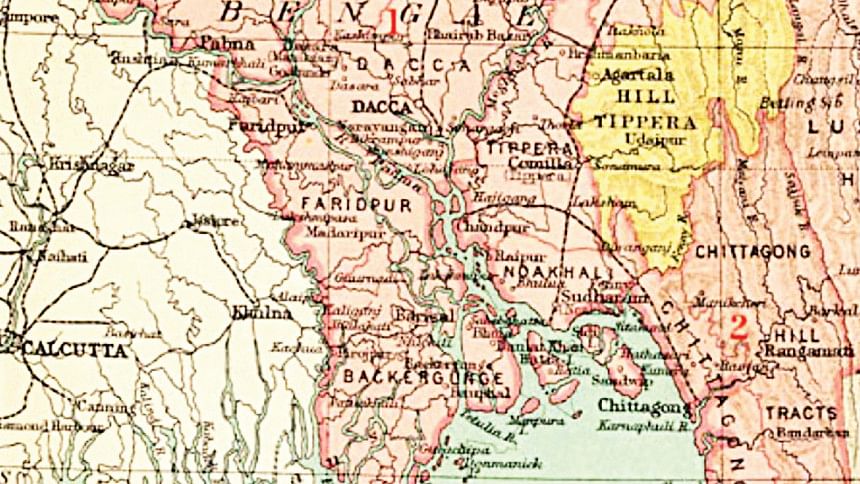
Kingsbury's underlying purpose is to tell this widely-known history to demonstrate how all these events shoved the urban population to the remotest parts of coastal Bengal. From the early nineteenth century, the colonial state made ravenous attempts to expand the tillage in the newly reclaimed area in the coastal fringe of Bengal and thus settled the impoverished people in the danger-prone area.
The book is divided into six chapters with a short epilogue drawn from a poem of a Bengali writer. In the first chapter, 'The Estuary', the author delineates the physical geography of the coastal area worst affected by the cyclone. The coastal areas of the eastern part of the Bengal delta were once populated but became desolate from late sixteenth century due to natural disasters and joint raids of Portuguese and Arakanese renegades. After the Mughal victory over the joint forces of the Portuguese and the Arakanese, these lands gradually became populated. However, it was after the British Industrial Revolution and Permanent Settlement that migration to distant and dangerous chars expedited. After the Permanent Settlement the colonial regime initiated policies for resumption of newly formed chars in the coastal area. To boost revenue, the government brought these newly formed lands under cultivation and attracted impoverished peasants into these dangerous tracts. The hapless cultivators – finding no other way – migrated to this coastal fringe devoid of basic needs and safety. Exploring hitherto unused lower-level district and settlement reports and also drawing insights from literary sources, Kingsbury dissects this large-scale internal migration. The colonial government well perceived the danger of living in these distant and insular islands, which is reflected in the reports of lower-level officers. However, to increase the revenue of the government, the colonial policymakers remained mute about these concerns.
In the second chapter, 'The Forest', the author discusses the long process of how forested lands, Sundarbans in particular, were gradually brought under cultivation. Some scholars demonstrated that the clearing of forests was initiated with the penetration of Islam in Bengal. The Mughals patronised the cutting of forests as the empire had a great opportunity to enhance its revenue from the agrarian hinterland. However, it was during the British Raj when the colonial government took aggressive development policies to bring forested land under tillage. The colonial rule had envisaged its great revenue prospects in this forested land.
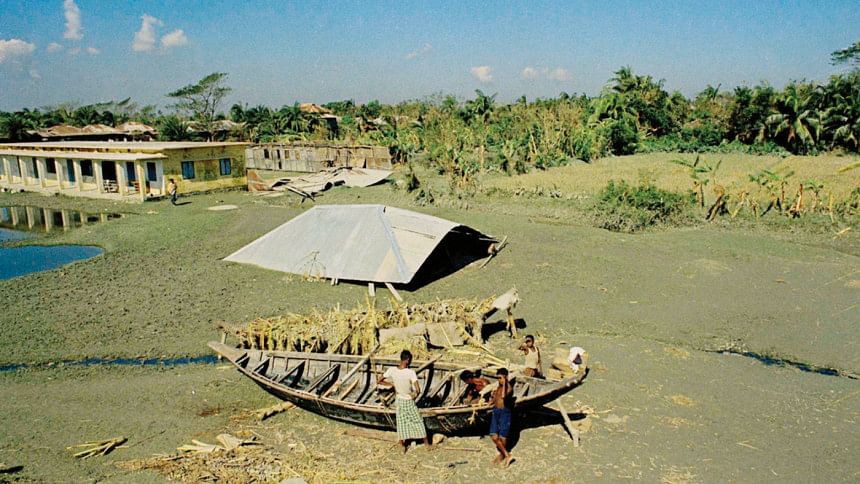
Kingsbury meticulously explained this process of deforestation. The government initiative left the newly settled tenants unprotected. He showed that the vegetation in the Sundarbans played an important role to reduce the intensity of cyclones and storm-waves. Kingsbury showed that the headlong clearing of the forest aggravated the loss of life and property of the wretched peasants who had no other option but to settle reluctantly on the shore. He demonstrated how the higher-ups of the government refused the field-level officers' suggestion to make embankments and take protective measures for the people at whose expense they made so much money.
The third and fourth chapters, titled 'The Cyclone' and 'The Response', are perhaps the two most important chapters in the book. In the third chapter, the author provides a vivid and detailed description of the cyclone that hit the people living in the coastal fringes of the Bay of Bengal. The worst cyclone in the history of Bengal hit the coastal people of the Bengal Delta on 31st October 1876. The isolated island and areas of the estuary and settlements on the margins of Sundarbans were the worst affected. Kingsbury provides a painstaking and heartrending story of the casualty. In some places the cyclone killed two-thirds of the population, almost all domestic animals, destroyed homesteads and crops. The creeks and rivers, miles after miles, were filled with human corpses. The salty water destroyed the crops in the island. There was a lack of drinking water and food. People were dying from starvation after the cyclone.
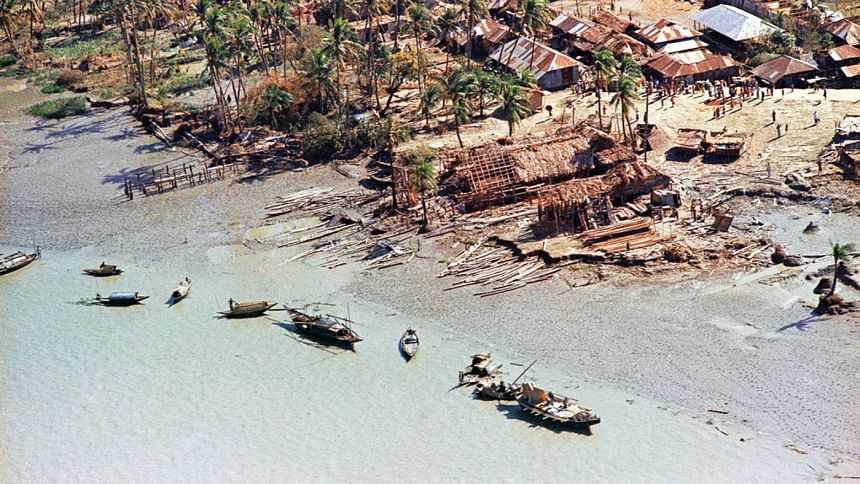
The government response, as the author showed, was scant and insignificant compared to the needs of the people. There was no urgent cyclone response, except in the case of Barishal, where the collector of the district Ebenezer Barton was extraordinarily active in the initial phase of relief response. After hearing about the dire situation from subordinate officers, he arranged as much relief as he could locally. The amount of relief Barton sent was surely scant and many people on the coastal fringe were still starving and suffering from a lack of drinking water. Barton wrote to his higher officer in Dhaka, Frederick Peacock, that the situation of his district was dire and asked for an immediate relief of 50,000 maunds of rice, 12,000 maunds of dal, and 1,000 maunds of salt. He also sought another Rs 100,000 for reconstruction of roads, embankments, and tanks. However, the government was not ready to meet even one-third of his demand. Moreover, Barton was reprimanded by his higher-ups for "recklessly wasting" government money. In the other part of the estuary, however, the district collector responded along the line of government policy. Reginald Porch, the collector of Noakhali, found little necessity for relief and thought that people could overcome the loss. His was the attitude that the government should have minimum relief intervention. Sir Richard Temple, the lieutenant-governor of Bengal Presidency, held similar views that government relief measures should be as small as possible.

In the fifth chapter, 'The Epidemic', Kingsbury showed that the government's inaction and indolent attitude after the disaster invited a cholera epidemic in the estuary. The epidemic further killed thousands of people and made people more impoverished. The marginal and impoverished people were denied basic medical support. The author convincingly showed that the empire treated and viewed these people simply as a revenue machine.
Had the situation and government attitude changed after the cyclone and epidemic? Kingsbury noted, the colonial government didn't learn from those disasters or didn't want to learn. The population decreased in the estuary after the cyclone and subsequent epidemic. Many peasants left the coastal fringe, but many could not as they had nowhere to go. The government also took the initiative to bring new tenants and again patronised forest clearing and settled the cultivators in dangerous areas without any protection.
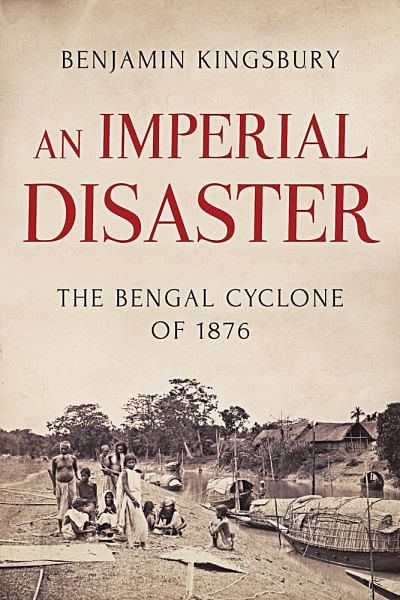
Benjamin Kingsbury's study of the 1876 cyclone teaches us about the dangers of ruthless clearing of forests. However, this aggressive development policy has not changed even in postcolonial South Asia, Bangladesh in particular. Ignoring the protests from the environmentalist groups, the government in Bangladesh has taken an aggressive development policy in the Sundarbans.
Kingsbury's An Imperial Disaster is a meticulous empirical study of the cyclone of 1876. The author used a great deal of rare and unrevealed documents to show how the empire was responsible for the large death toll and the massive loss of livelihoods. It was the empire and its ravenous policies which made this disaster the worst in the history of Bengal. This study could have been more attractive, if the author had organically engaged with the theories of colonialism and imperialism, orientalism, liberalism and enlightenment.
Frantz Fanon, in The Wretched of the Earth, examines the attitude of the colonisers. He wrote, "Colonial world is a Manichean world… As if to illustrate the totalitarian nature of colonial exploitation, the colonialist turns the colonized into a kind of quintessence of animal... The colonial world is a compartmentalized world... The colonized world is a world divided into two". Nevertheless, this micro-study of the cyclone of 1876 appends valuable contribution to the historiography of ecology, disaster, and empire in South Asia.
Azizul Rasel is a historian. He teaches at University of Liberal Arts Bangladesh.

 For all latest news, follow The Daily Star's Google News channel.
For all latest news, follow The Daily Star's Google News channel. 



Comments